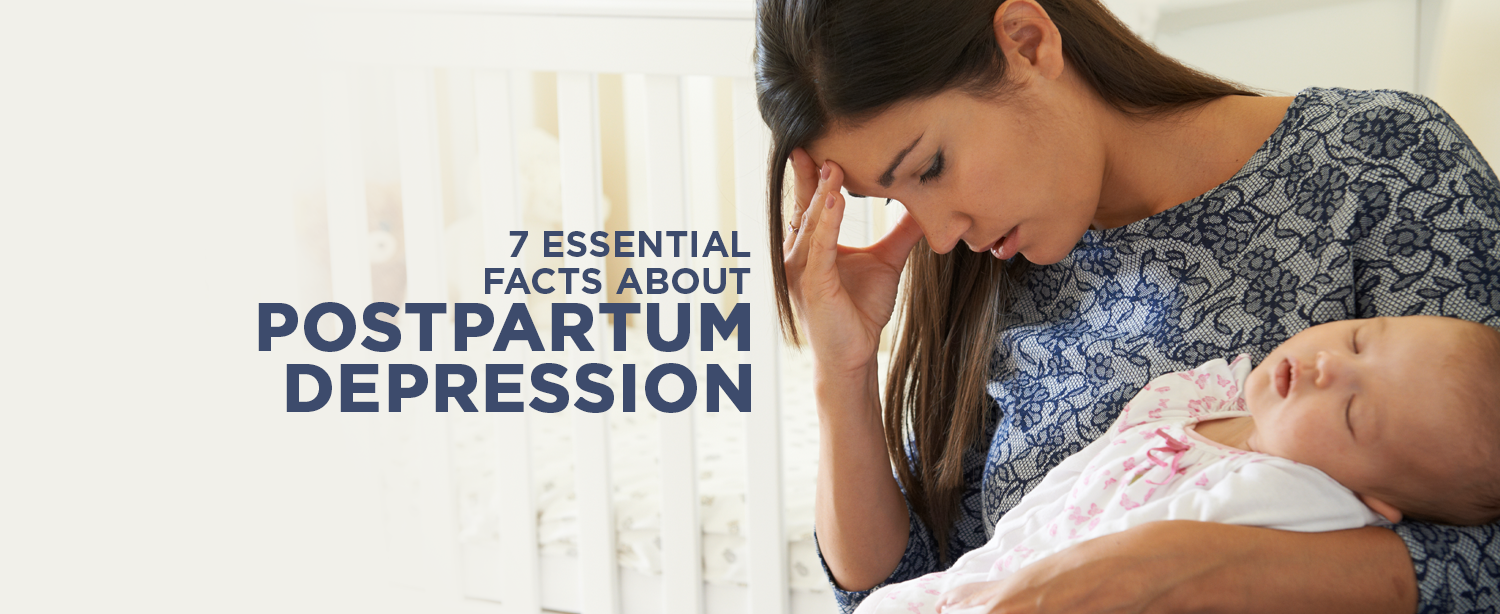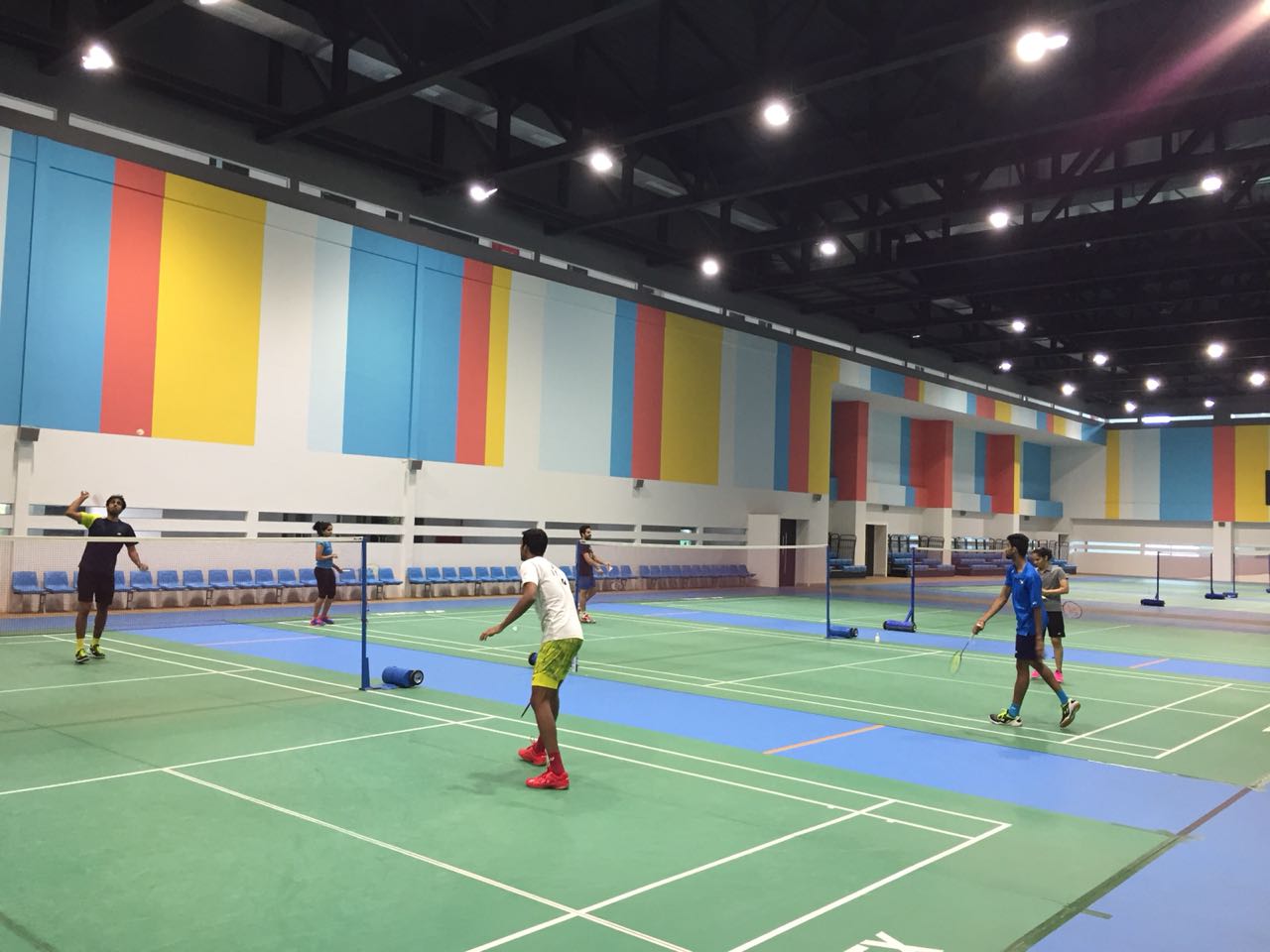When was the last time you met a new mother and felt she looks low?
Have you or a close family member recently experienced childbirth and the dreaded postpartum depression?
Postpartum is a very common phenomenon experienced by many but sadly discussed by very few.
What does it feel like?
The birth of a child should feel like the happiest time in your life, but for many women, the weeks or months after having a baby can be marred by sadness, anxiety, and despair. The actual experience of postpartum depression is wide-ranging and can include everything from obsessive anxiety to a sense of disconnect to unremitting rage. Many mothers have physical sensations too like feeling exhausted and nauseous. Some mothers were able to carry out daily tasks, but they experienced a startling sense of disconnection from their babies and from the expectation they had of what it would be like to be a mom.
One in seven women suffer from postpartum depression, new-mom bliss is overshadowed by a tough mental-health struggle.
Listing down a few essential facts about Postpartum Depression:
1. Postpartum depression also includes anxiety and other mood disorders.
Postpartum depression is now often referred to as perinatal mood and anxiety disorders, or postpartum mood disorders (PPMD). “There are four subtypes: depression, anxiety with or without depression, panic attacks, and OCD.”
2. Postpartum depression is not the same as baby blues.
It’s important to distinguish between the blues and an actual postpartum mood disorder. Baby blues are very common, and typically start within the first six weeks postpartum, they are experienced by 50 to 85% new moms. Experts assume this is caused by the hormonal change that happens postpartum, mixed with the new routine and lack of sleep faced by a new mom. Baby blues usually clear up on its own, whereas postpartum depression needs to be treated.
3. Postpartum mood disorders don’t always show up immediately after the birth.
Symptoms can start to show within a few weeks of childbirth, but sometimes it can take up to a year. Most commonly, it occurs within three months of delivery.
4. Extreme sleep deprivation can trigger postpartum depression.
Due to the breastfeeding sessions every two hours getting a solid night’s sleep is pretty impossible for a new parent. Hence doctors usually focus on the patient getting better sleep.
5. Many symptoms of postpartum depression are similar to major depressive disorder, but there are also additional symptoms.
Regular symptoms of depression include sadness, difficulty concentrating, trouble sleeping, loss of pleasure, and even thoughts of hurting oneself. Postpartum depression includes anxiety about being left alone with the newborn, anxiety about not being a good mom, thoughts the woman is going to drop the baby, thoughts about hurting the baby, irritability, and not being able to sleep when the baby sleeps.
6. Treatment for postpartum depression includes cognitive behavioural therapy and helping the mom find support and sleep.
Therapy sessions with a clinical psychologist are a key part of treatment to help women understand what they’re experiencing and that it’s not their fault. The general principles of recovery include: finding ways to heal, building hope and inspiration, spirituality, and establishing one’s narrative by being more open with loved ones. Some women will need antidepressants or anti-anxiety medications to recover fully, but not all. In those cases, it may be necessary to stop breastfeeding.
7. Having postpartum depression does not make you a bad mother.
It can feel unbearable to have anything other than happy thoughts about your new baby, but postpartum depression is totally normal and it’s not a reflection of you or your abilities as a mom. If you seek treatment and enlist the help of those who love you, it will get better.
If you think you’re experiencing postpartum depression or a friend is experiencing, talk to a close friend. If needed consult specialists at our Psychiatry department who can help you in the situation. Please find below website link for further details:
https://www.kokilabenhospital.com/departments/clinicaldepartments/psychiatry.html



